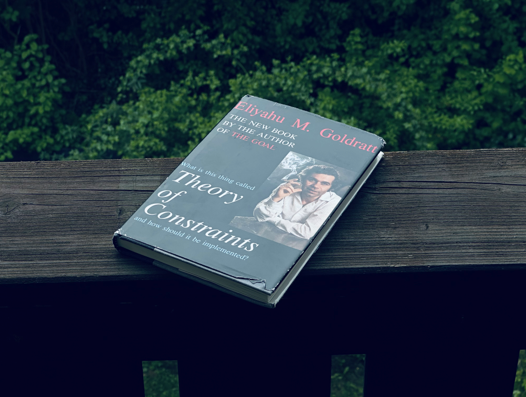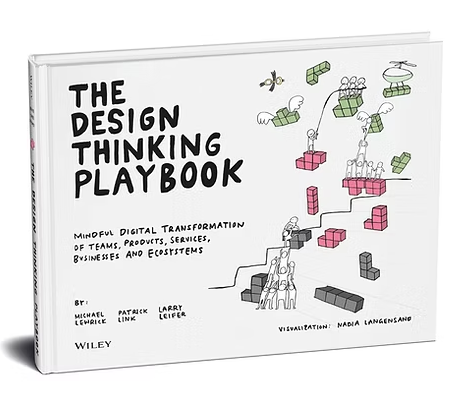Applying Goldratt’s Theory of Constraints in a Consulting Company
Introduction
In today’s consulting industry, firms are under constant pressure to deliver faster, scale smarter, and meet growing client expectations—all while managing a finite pool of expertise and resources. Despite being rooted in manufacturing, Eliyahu Goldratt’s Theory of Constraints (TOC) offers a compelling lens through which consulting firms can identify what truly limits their performance and unlock sustainable improvements.
At the heart of TOC is a simple but powerful idea: every organization, regardless of size or complexity, has at least one constraint—one limiting factor that determines how fast or effectively it can achieve its goals. If that constraint is identified and systematically addressed, the organization can significantly boost its overall performance. In a consulting context, this means pinpointing and relieving the specific bottlenecks that hinder delivery, growth, or efficiency.
Rethinking Constraints in a Service-Based Environment
Constraints in consulting firms don’t look like clogged assembly lines or broken machines. Instead, they tend to be human or process-related—things like the limited availability of a subject matter expert, slow proposal development, overloaded project managers, or knowledge that resides with too few individuals.
For example, a firm may appear to be thriving, with a full project pipeline and high demand. Yet, it consistently struggles to meet deadlines or maintain quality. A deeper analysis might reveal that a handful of senior consultants are involved in nearly every major client engagement and sales pitch. Their limited availability becomes the choke point for delivery and growth. Until this is resolved, no amount of new client acquisition, junior hiring, or improved branding will solve the underlying issue.
The Process of Applying TOC in Consulting
The first step in using TOC effectively is identifying the primary constraint. This is not always obvious. While firms might assume their constraint is a lack of sales, in many cases the true limitation lies in delivery capacity—often centered around a scarce resource or inefficient process. By closely examining workflows, project timelines, client feedback, and internal resource allocation, leaders can surface the point at which work begins to pile up or slow down.
Once the constraint is clearly identified, the goal becomes to "exploit" it—in TOC terms, this means making the most of the limiting resource without adding new investments. In a consulting firm, this may involve freeing up senior consultants from administrative tasks, reassigning non-critical responsibilities, or standardizing deliverables to reduce the demand on specialized knowledge. By carefully protecting and optimizing the constraint’s time, the organization increases its throughput without hiring more staff or expanding capacity prematurely.
The next phase requires subordinating all other activities to the constraint. In practice, this means aligning the rest of the organization to support and not burden the bottleneck. Sales teams might need to time proposals around delivery capacity. Project managers may schedule start dates based on expert availability rather than arbitrary deadlines. Internal operations could prioritize tasks that unblock the constraint first, even if it means slowing work elsewhere. This stage often challenges cultural norms but is essential to ensure that improvements are coordinated and system-wide.
If, after these changes, the constraint is still a limiting factor, the firm can then move to elevate it. At this stage, investment may be necessary—such as hiring or training additional staff with similar expertise, investing in knowledge management systems, or outsourcing certain functions to reduce pressure on internal resources. Elevation should be thoughtful and targeted, always following the previous steps. A common mistake is jumping straight to hiring without first optimizing how the existing expertise is deployed.
Finally, once the constraint is relieved, the process repeats. A new constraint will inevitably emerge—perhaps in a different team, process, or support function. TOC is not a one-time fix but a continuous improvement cycle. By routinely identifying and addressing the next most significant bottleneck, firms create an organization that adapts, grows, and improves over time.
Impact on the Business
The benefits of applying TOC to a consulting firm can be substantial. Perhaps the most immediate impact is an increase in project throughput. By addressing the true bottlenecks, the firm can deliver more work without increasing headcount. This often results in higher margins, improved cash flow, and stronger client relationships, all without the stress of overloading teams.
Client satisfaction tends to improve as well. When project timelines are realistic, and key resources are better allocated, deliverables arrive on time and with fewer compromises in quality. Consultants are also less likely to be pulled in multiple directions or stuck in reactive firefighting, allowing them to focus on creating real value for clients.
Internally, the organization benefits from greater clarity and alignment. When everyone understands what the constraint is and how their work affects it, priorities become clearer. Decision-making improves. Resource planning becomes more strategic. Teams feel more in control and less overwhelmed.
There is also a shift in culture—from one that tries to be everything to everyone, to one that focuses on what matters most at any given time. This prioritization not only enhances performance but also builds resilience, especially during periods of high demand or market uncertainty.
Challenges and Considerations
Applying TOC in a consulting environment is not without challenges. One common barrier is the reluctance to admit where the real bottleneck lies, particularly if it involves influential individuals or longstanding practices. There may also be resistance to subordinating other functions or projects to serve a single constraint, especially in firms with highly autonomous teams.
Measurement is another hurdle. In manufacturing, throughput and cycle time are easy to track. In consulting, the variables are more subjective—utilization, client satisfaction, and knowledge capital are harder to quantify. Nevertheless, consistent data tracking and thoughtful analysis can provide enough insight to guide decisions.
Perhaps the most important requirement is leadership commitment. TOC calls for systemic thinking and long-term focus. It requires leaders to challenge assumptions, adjust incentives, and often disrupt the status quo. But for firms willing to embrace it, TOC offers a path to not just efficiency, but excellence.
Conclusion
The Theory of Constraints provides a compelling framework for consulting firms seeking to improve delivery, scale operations, or simply gain clarity on what’s holding them back. By identifying and relieving the most critical constraints, firms can unlock their full potential—without burning out their teams or blindly adding capacity. In an industry defined by complexity and rapid change, TOC reminds us that sometimes, doing less—but doing it with precision and intent—leads to much more.





